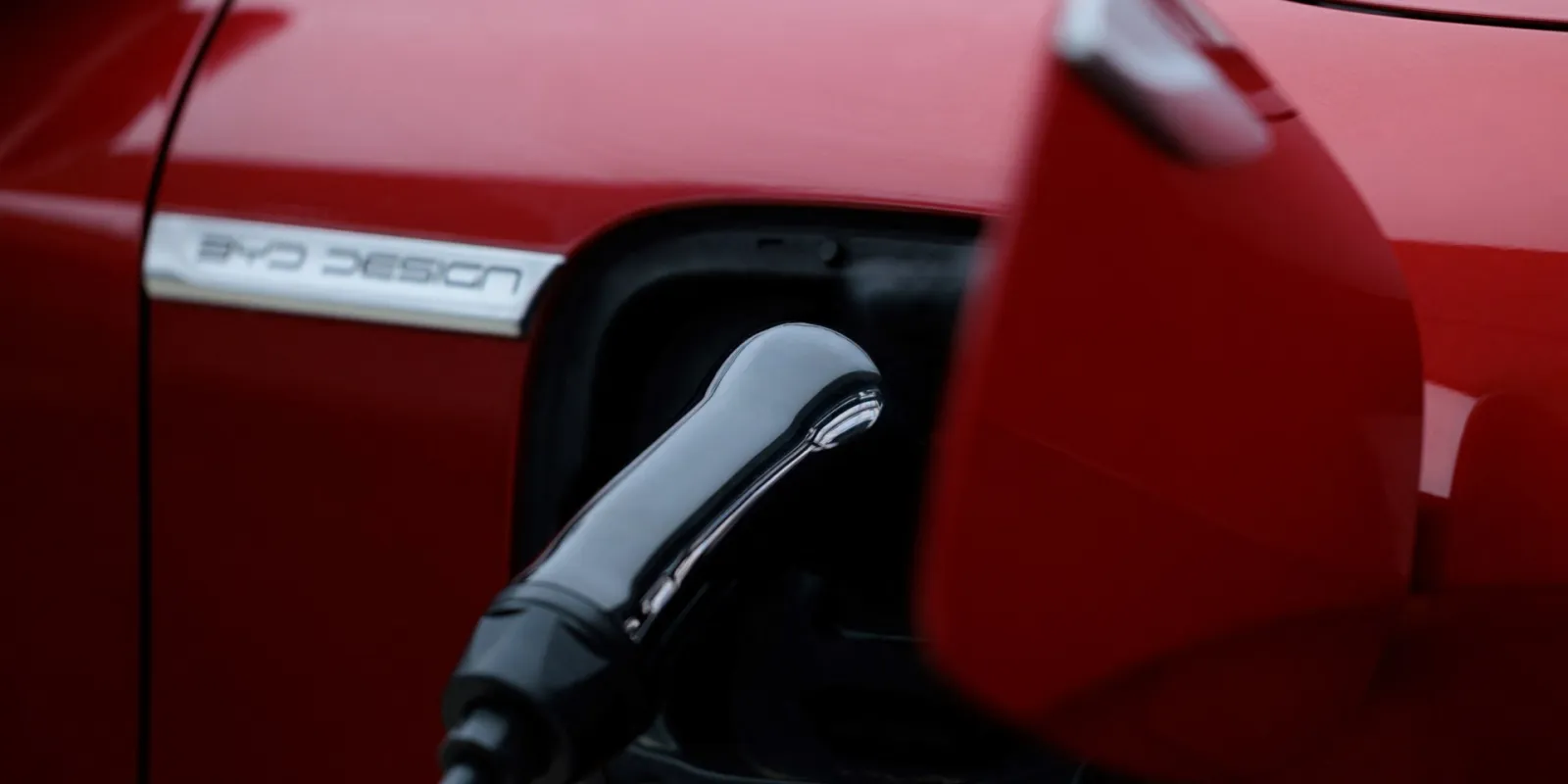New Electric Cars of 2025: Innovations in Range and Charging Tech
In a world where sustainability and innovation drive the future of mobility, electric vehicles (EVs) are at the forefront of a transportation revolution. According to BloombergNEF, the global EV market is projected to account for 58% of new car sales by 2040. As we approach 2025, the anticipation is palpable, with automakers unveiling a slew of new electric cars boasting groundbreaking advancements in range and charging technology. In this article, we’ll explore the latest electric car launches, detailing how these innovations will redefine the driving experience. Whether you’re an EV enthusiast or a prospective buyer, this deep dive will keep you informed and excited about the future of electric mobility.
The Rise of Long-Range Electric Vehicles
Unmatched Range Capabilities
One of the most significant barriers to EV adoption has been range anxiety. However, the new electric cars of 2025 are set to alleviate these concerns with impressive range capabilities. Models like the Tesla Model S Plaid+ are leading the charge, promising a range exceeding 520 miles on a single charge. Meanwhile, Lucid Motors is making headlines with its Air Dream Edition, achieving an EPA-rated range of 520 miles. These advancements are made possible through innovative battery technologies, such as solid-state batteries, which offer higher energy density and faster charging times.
Battery Innovations: Solid-State and Beyond
Solid-state batteries are not the only technology revolutionizing the EV market. Automakers are also exploring lithium-silicon and lithium-metal batteries. These new battery chemistries promise not only longer ranges but also enhanced safety and durability. For instance, QuantumScape, a leader in solid-state battery technology, is partnering with major automakers to bring their innovations to production vehicles by 2025.
Pioneering Charging Technologies
Fast Charging: A Game Changer
Charging infrastructure is critical to the widespread adoption of electric vehicles. The new electric cars of 2025 will feature cutting-edge fast-charging capabilities, drastically reducing charging times. Porsche’s Taycan, for example, can charge from 5% to 80% in just over 22 minutes using a 270 kW charger. Similarly, Hyundai’s Ioniq 6 utilizes an 800-volt architecture, enabling it to charge from 10% to 80% in just 18 minutes.
Wireless Charging: The Future of Convenience
Imagine parking your car in your garage and having it charge wirelessly. This convenience is becoming a reality as automakers integrate inductive charging capabilities into their vehicles. Companies like WiTricity are pioneering this technology, which allows for seamless energy transfer without the need for cables. By 2025, several manufacturers are expected to offer models with built-in wireless charging, further simplifying the EV ownership experience.
Best EVs of 2025: A Sneak Peek
1. Tesla Model S Plaid+
- Range: Over 520 miles
- Price: Starting at $139,990
- Charging Time: Approximately 15 minutes to add 187 miles using a Supercharger
2. Lucid Air Dream Edition
- Range: 520 miles
- Price: Around $169,000
- Charging Time: Adds 300 miles in 20 minutes with a fast charger
3. Hyundai Ioniq 6
- Range: Approximately 400 miles
- Price: Estimated at $45,000
- Charging Time: 18 minutes for 10% to 80% charge
How to Choose Your First Electric Car
Choosing the right electric car can be daunting with the myriad options available. Here are some factors to consider:
- Range Needs: Assess your daily driving habits. If you frequently travel long distances, opt for a model with a higher range.
- Charging Infrastructure: Consider the availability of charging stations in your area and whether home charging is feasible.
- Budget: Electric cars vary widely in price. Determine your budget and explore models that offer the best value for your needs.
- Features and Technology: Evaluate the technology and features offered, such as autonomous driving capabilities and infotainment systems.
Charging Guide for Beginners
Charging an electric car is simpler than it seems. Here’s a quick guide:
- Home Charging: Install a Level 2 home charger for convenience. Most EVs can be fully charged overnight.
- Public Charging: Use apps like PlugShare to locate nearby charging stations. Familiarize yourself with different types of chargers, including Level 2 and DC fast chargers.
- Workplace Charging: Check if your employer offers charging stations. This can be an excellent perk for EV owners.
Conclusion
The electric vehicles of 2025 are set to redefine the automotive landscape with unprecedented range and advanced charging technologies. As automakers push the boundaries of innovation, consumers will benefit from more efficient, convenient, and environmentally friendly driving experiences. Whether you’re eyeing the luxury of a Tesla Model S Plaid+ or the practicality of a Hyundai Ioniq 6, the future of electric mobility promises exciting possibilities. As we continue to move towards a sustainable future, the question remains: Which electric car will you choose to drive you into the new era of transportation?
Stay tuned for more updates and insights into the evolving world of electric vehicles, as we keep you informed and inspired on your journey to a cleaner, greener future.

